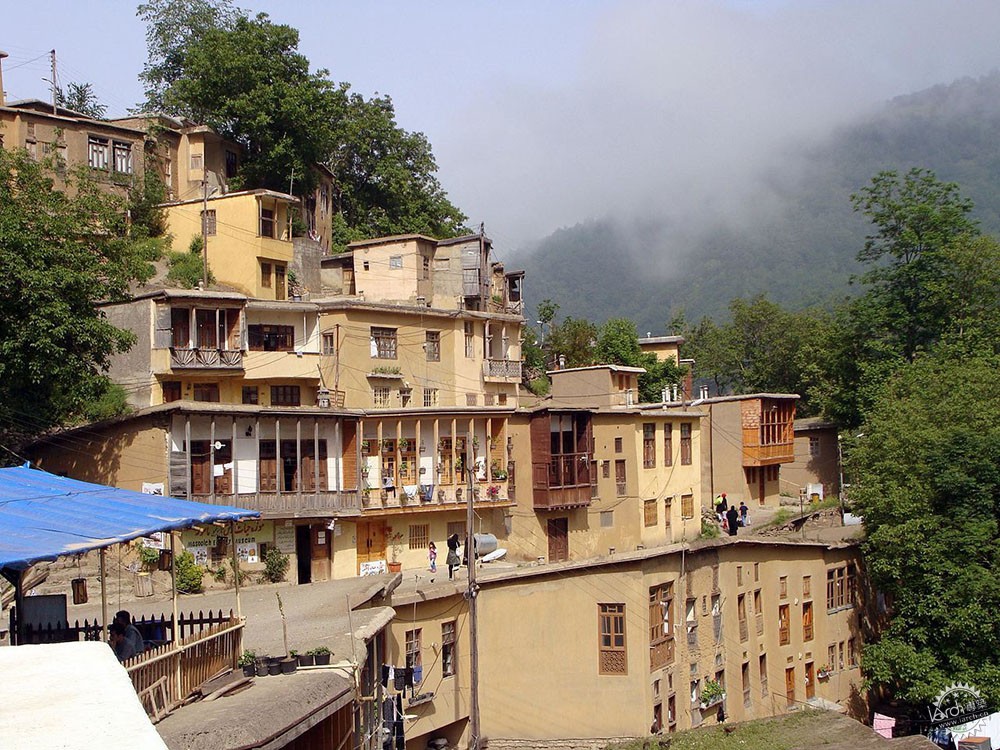
© Panoramio user علی علوی licensed under CC BY 3.0
伊朗历史悠久的Masuleh村,其屋顶和街道成为独一无二的风景
Where Roofs and Streets Become One: Iran’s Historic Village of Masuleh
由专筑网缕夕,李韧编译
这些建筑位于伊朗北部吉兰的阿尔伯茨山脉山坡,海拔超过一千米,这座熙熙攘攘的村庄可追溯到公元前1006年。Masuleh独特的赭褐色结构遵循着山坡的独特形式,因此,这座村庄具有许多特别之处,许多房屋的屋顶直接连接,甚至形成一部分的街道,形成上层建筑的活动平台。
More than a thousand meters above sea level on the slopes of the Alborz mountain range in Gilan, northern Iran, a remarkable village dating back to 1006 AD bustles with life. The unique ochre-brown structures of Masuleh follow the slope of the mountain that the village nestles on—or rather, grows from—giving the village its most unusual quality: the roofs of many of the houses connect directly to, or even form a part of, the street serving the houses above.

© Panoramio user alireza javaheri licensed under CC BY 3.0
古村的历史可以追溯到现在距离Masuleh村西北方向六公里的地方。随着丝绸之路的发展,村庄(以前称为Khortab或Masalar)里的人们依靠铁矿为生,很快这里便发展成为一个蓬勃发展的商业中心,主要依赖于铁工业。据记载,后来的一系列事件让村庄逐渐落寞,例如致命的瘟疫和大地震。于是,这里便形成人们众所周知的Kohneh Masuleh,当地人们也称呼其为Old Masuleh,古老的遗址存在于一片裸露的岩石上,而人们则主要在附近区域进行日常生活。
The history of the ancient village can be traced back to a site which now lies six kilometers north-west of modern-day Masuleh. With the province of Gilam lying along the Silk Route, the village (previously known as Khortab, or Masalar) developed around an iron mine and soon grew into a thriving commercial hub with trade revolving around the ironworks industry. According to recorded history, the shift in sites was a gradual process led by several unfortunate incidents including a deadly plague epidemic and a massive earthquake. Now known as Kohneh Masuleh, or Old Masuleh, the ancient site exists as little more than a stretch of bare land strewn with rocks, while its (relatively) modern counterpart lives on nearby.
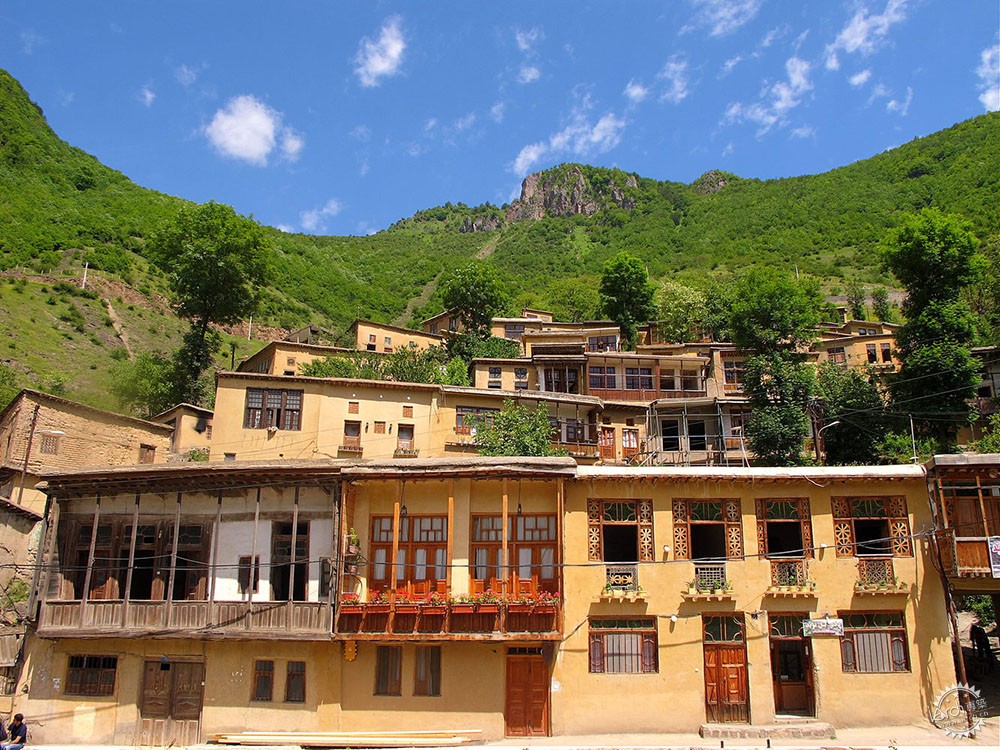
© Wikimedia user Mehrab Pourfaraj licensed under CC BY-SA 2.0
旧时建筑主要受气候影响,位置和高度以及空间布局的选择都有一定根据。在比这低的水平面上建造建筑会受到洪水侵袭的危险,而伊朗的冬天也过于寒冷。现在的Masuleh村庄的地理位置较为优越,能够受到长时间的日照,从而充分吸收太阳能,也能够抵抗洪水的侵袭。
Guided primarily by climatic concerns, the choice of location and height, and hence the spatial layout, is far from arbitrary. Building on levels lower than this would have brought with it the ever-present danger of flooding, and the Iranian winters would have made it too cold to occupy. The location of present-day Masuleh allows optimal solar exposure, temperature, as well as protection.
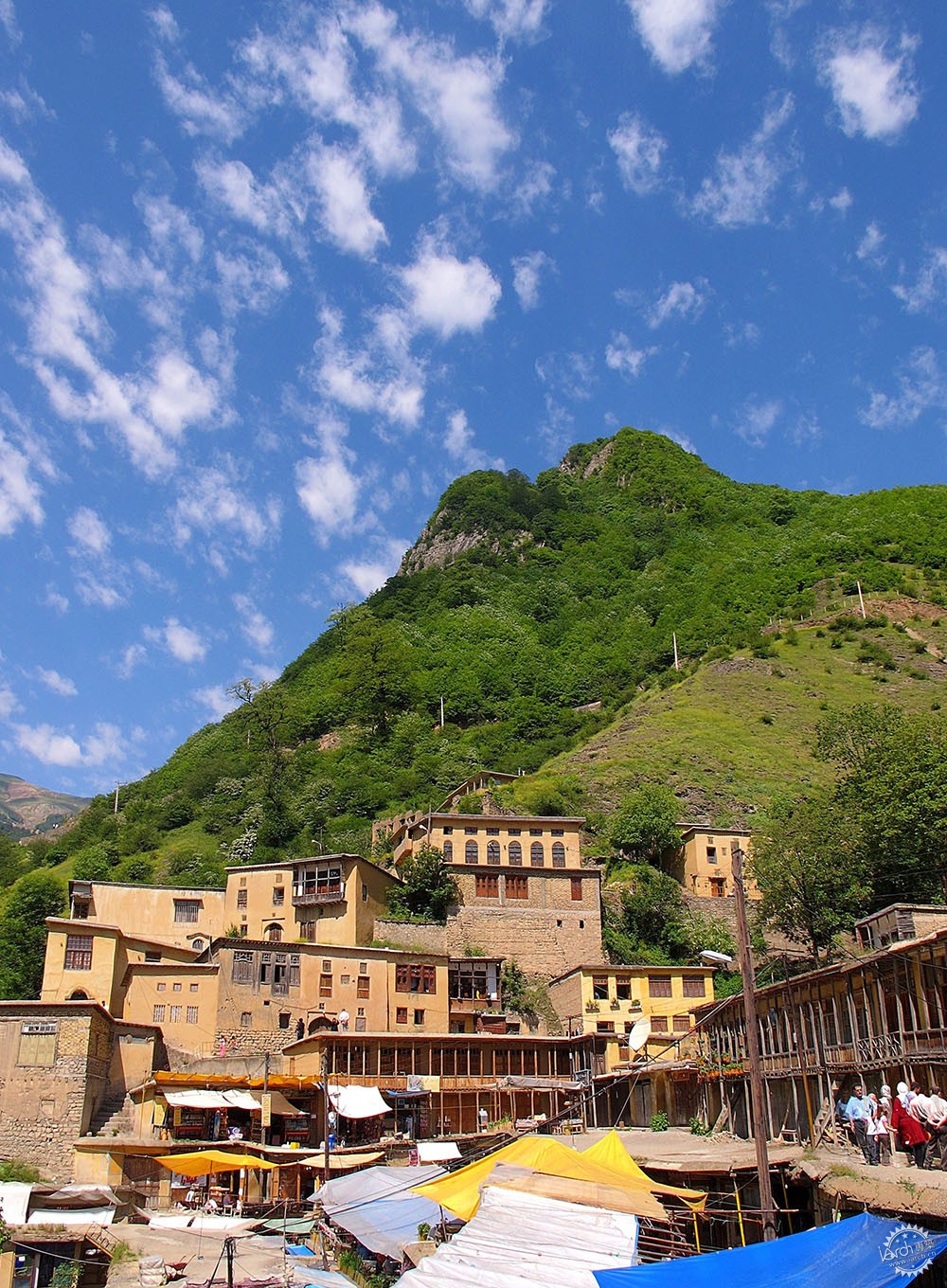
© Wikimedia user Mehrab Pourfaraj licensed under CC BY-SA 2.0
在这里,自然、建筑和社区一起蓬勃发展。这个村庄的建造过程中并没有受到专业建筑师的指导,全是由当地居民自由建造。像所有的地域建筑一样,它对环境、气候、材料以及当地的需求和传统特点很具敏感性。由木材、土坯和石头组合建造的房屋位于山体60度的倾斜之处,在天然岩石的基础上,每座建筑后方的山体支撑着建筑的山墙,而阶梯式的排布形式让整个村庄的抗震性能大大提升。
Here, nature, architecture, and the community flourish together. This is a village built not by trained architects, but by the inhabitants themselves. Like all vernacular architecture, it is clever in its sensitivity towards the environment, climate, materials, and local needs and traditions. Houses built out of a combination of wood, adobe, and stone stand resolutely on a 60-degree incline. With natural rock at the foundation, and a sturdy “koh deevar” or “mountain wall” supported by the mountain slope at the back of each structure, the stepped village is built to be earthquake resistant.
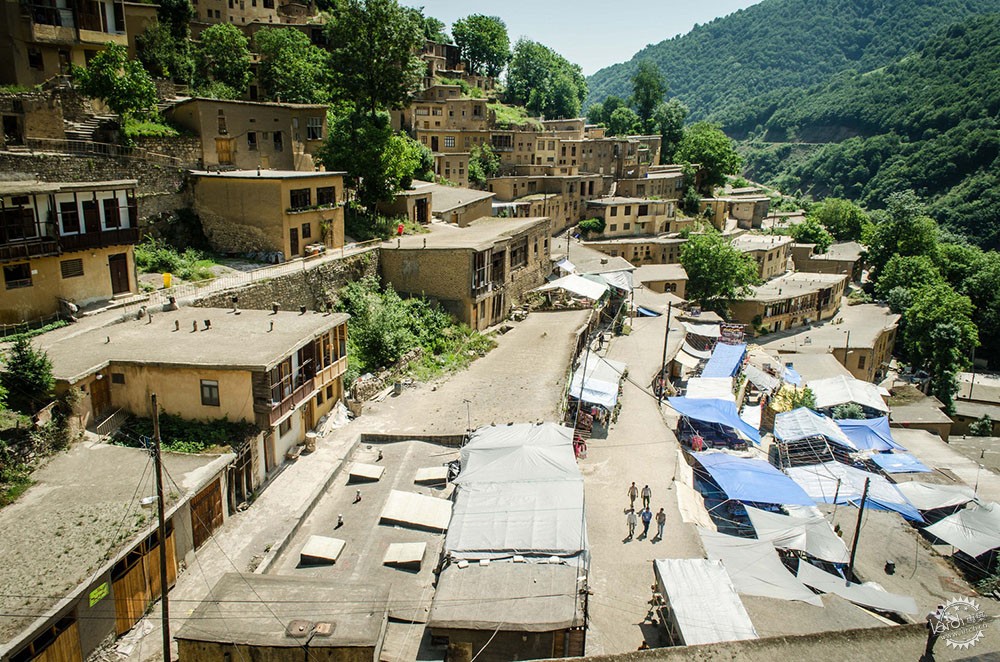
© Chris Blackhead licensed under CC BY-SA 2.0
集市是村庄的核心要素。这里有许多手工艺品的制作过程演示,并且这些作品也用于销售,特别的是,这些手工艺品也成为了建筑的重要组成部分,它们被称作gereh-chini(传统木制品),这是一种用于装饰窗户的手工艺制品,一般用于两只三层建筑的南立面。
Not unlike how trade was central to the community in the past, the bazaar remains at the heart of the village. Here several handicrafts are made and sold but apart from craftsmen actively practicing and selling their goods to locals and visitors, local crafts are also an integral part of the buildings, especially the art of gereh-chini (traditional woodwork): south-facing facades of the two and three-storeyed houses are punctured with windows decorated with intricate wooden latticework.
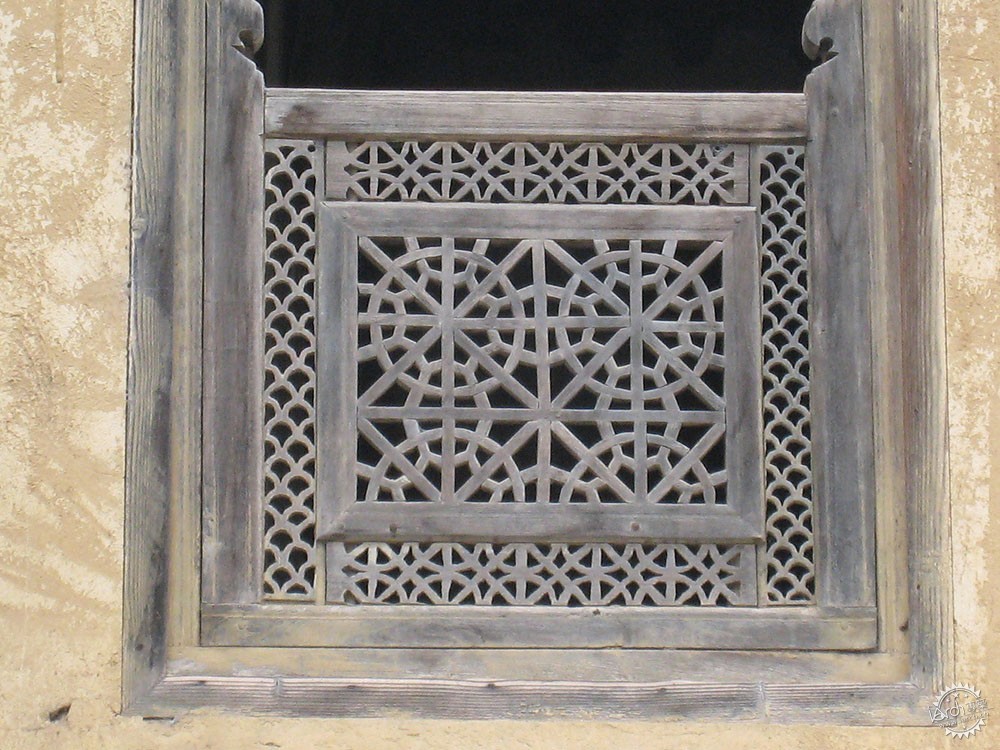
© Wikimedia user البرز فلاح فیلتر licensed under CC BY-SA 3.0
然而,最特别的是,Masuleh村巧妙地利用公共空间:没有明显的界限,所有的屋顶都是上一层居民的庭院、花园和公共通道。蜿蜒的楼梯,狭窄的小巷和路径将一个露台连接到另一个露台,村庄则形成一个由整个社区共享的大型相互关联的多层次的公共空间。村里的每个狭窄的楼梯都配有一个坡道,但只能容纳当地人用来运输货物的独轮车。由于其独特的空间布局,Masuleh村是伊朗唯一一个严格禁止汽车和行人自由游荡的居住区。
Most extraordinary of all, however, is Masuleh’s ingenious use of public space: with no marked boundaries, all rooftops double as courtyards, gardens and public thoroughfares for the inhabitants on the level above. Meandering stairways, narrow alleys and paths link one terrace to the other, and the village rises as one massive interconnected, multi-leveled public space shared by the whole community. Each narrow staircase in the village is equipped with a ramp as well, but only to accommodate the wheelbarrows that the locals use for transporting goods; due to its unique spatial layout, Masuleh is the only settlement in Iran where automobiles are strictly prohibited and pedestrians roam freely.
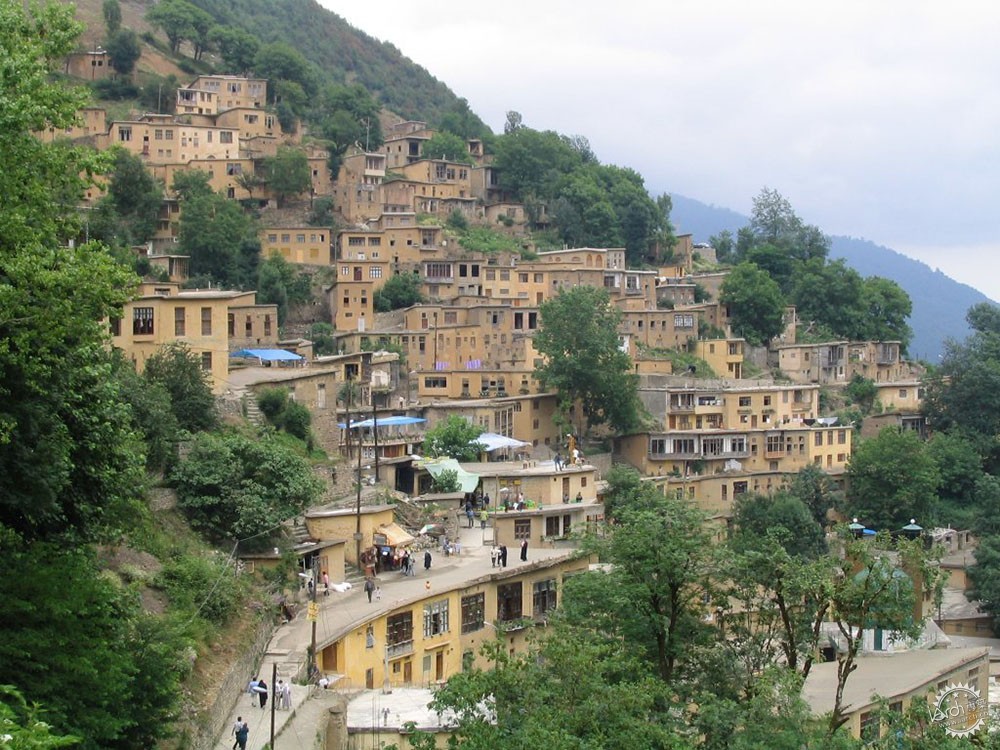
© Wikimedia user Hoomanb licensed under CC BY 2.5
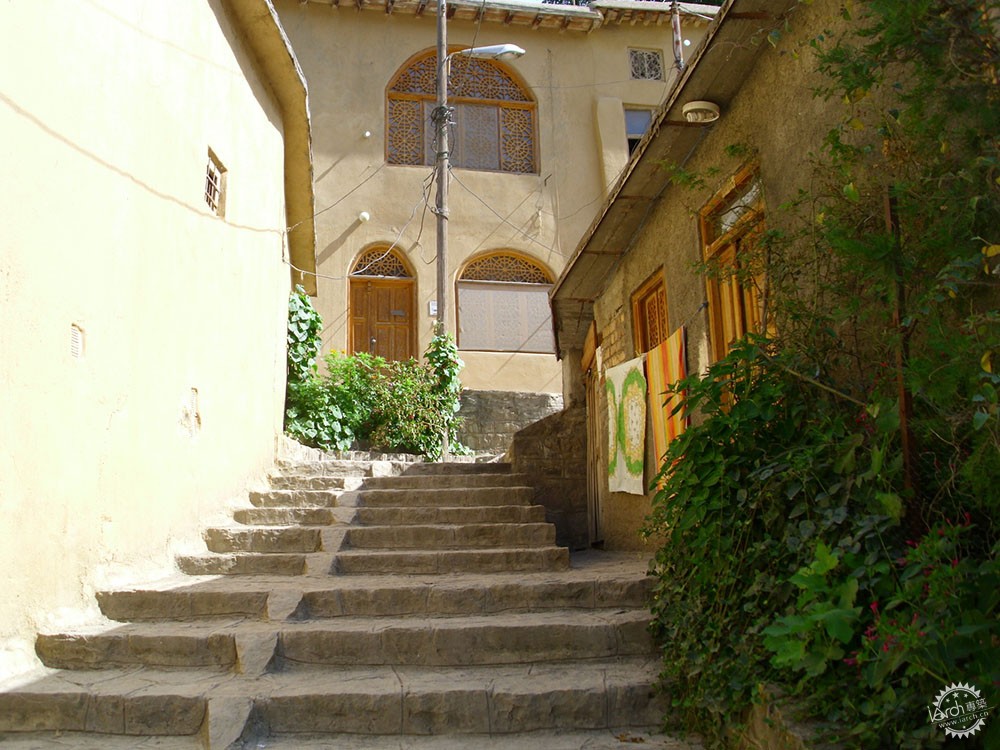
© Wikimedia user Petr Adam Dohnálek licensed under CC BY-SA 3.0 CZ
在其他类似的村落中,这座古村落让人联想起利比亚西北部的Ghademes老城迷宫般的屋顶,但与Ghademes不同,Masuleh的屋顶在社区互动和友好的邻居关系中起着不可或缺的作用。
In its interconnectedness, it is reminiscent of the maze-like rooftops of the old town of Ghademes in northwestern Libya, but unlike Ghademes, the rooftops in Masuleh play an integral role in community interaction and friendly cohabitation.

© Shahram Sharif via Wikimedia licensed under CC BY 2.0
随着村民、游客的逐年增多,这座拥有千年历史的古村落正在申请成为联合国教科文组织认可的世界遗产。
While the village staggers with an ever-increasing influx of tourists every year, the application to make the thousand-year-old Masuleh a UNESCO World Heritage Site is underway.
出处:本文译自www.archdaily.com/,转载请注明出处。
|
|
